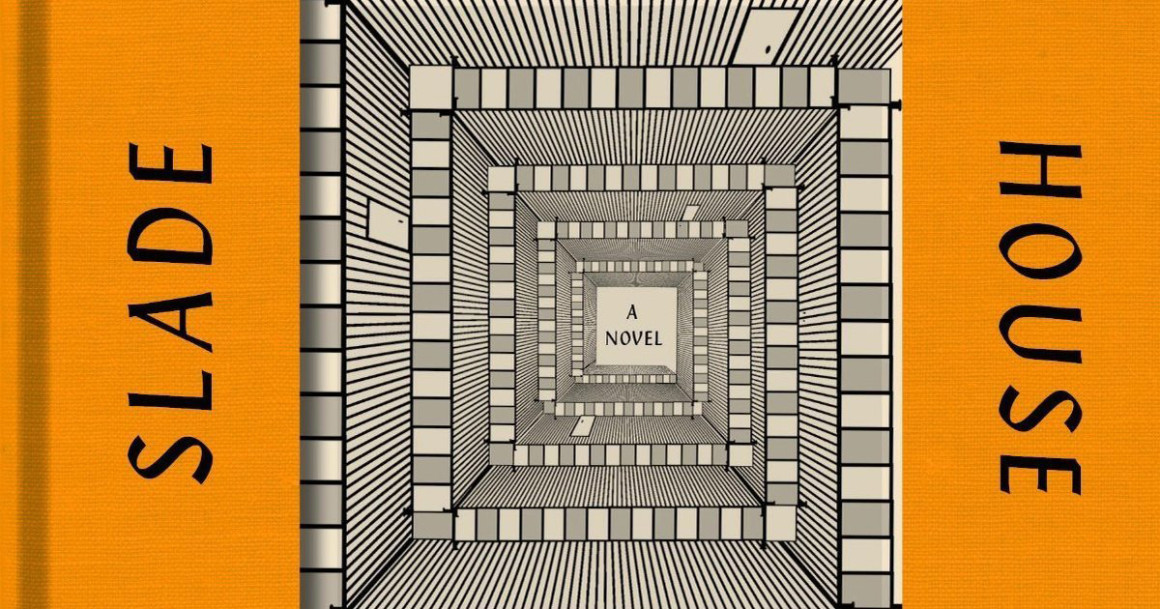
David Mitchell blends chilling horror and impactful symbolism in Slade House
By Jason Herring, Nov. 3 2015 —
English novelist David Mitchell is an expert at telling stories with different voices. His most popular novel, Cloud Atlas, took six seemingly unrelated short stories occurring across several centuries to create an intricate and thematically resonant masterpiece. Mitchell continues this trend in his latest book, Slade House, a horror novel composed of six short novellas each set nine years apart.
Each segment follows a different character’s experience at the titular house, which is tucked away in the shady alley of an unnamed British town. Different motivations bring each narrator to the residence — one attends after receiving an invitation to perform at an upscale music recital, while another visits the house on police business — but none who enter ever leave Slade House.
Once characters step onto the property, their surroundings slowly become very eerie. Mitchell creates an impressively unnerving, dreamlike atmosphere where minute details feel slightly wrong. And just like a real dream, each narrator shrugs off the abnormalities and doesn’t notice anything is wrong until it’s too late.
Slade House is a satisfying read because each character’s story lends details to the next narrator’s experience, allowing the mystery to slowly become more clear. Mitchell masks the revelation well, as the first few storytellers are under the influence of various substances, leaving the reader to wonder if the strange happenings are paranormal or just drugged-out hallucinations.
Like most good horror stories, Slade House packs a heavy metaphorical punch behind the smoke and mirrors of the haunted house trope. Each visitor is lured into the house by a hope for something they feel is missing from their life. For an overweight university freshman, it’s the affection of a cute boy, and for an autistic 13-year-old boy who is bullied relentlessly, it’s genuine friendship from a peer.
The nightmarish world each character enters mirrors our dreams. Dreams, especially bad ones, tend to exploit our underlying needs and desires, whether they’re for companionship, love or second chances. Slade House works because it takes these hopes and vulnerabilities and applies them to relatable characters, making poignant statements about grief and aspiration without being too heavy-handed.
This horror style continues a change in genre for Mitchell. Prior to his last book, The Bone Clocks, Mitchell almost exclusively wrote historical fiction. But his last few works branch into the genres of horror and fantasy, introducing paranormal elements and detailed backstories. Slade House takes place in the same universe as The Bone Clocks. Some ideas and themes are recurring, but the novel is still strong enough to stand on its own.
One frustrating aspect of the book comes in its later chapters, which take place in the present day. Mitchell develops setting and historical context impressively in most segments of the book, but during the novellas set after the turn of the century, he resorts to cheesy passages referring to websites like Facebook and excerpts from text messages to establish a modern day setting. It’s a cheap tool poorly employed and it disrupts the book’s atmosphere.
But Slade House is still an exciting read from one of the most versatile writers working today. Even though Halloween has come and gone, Slade House is a worthwhile book to enjoy over reading week.
